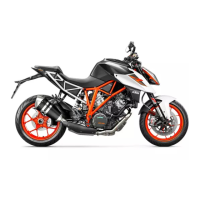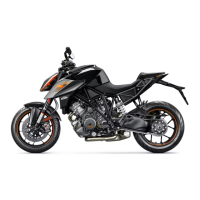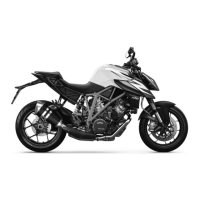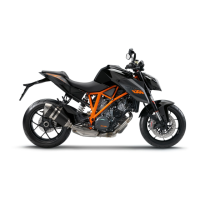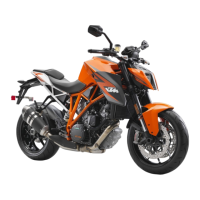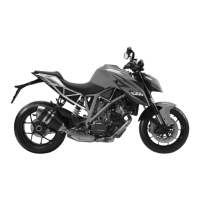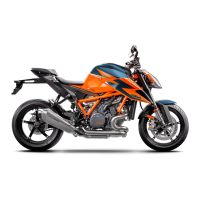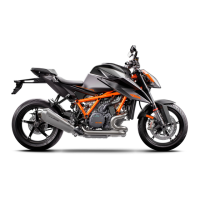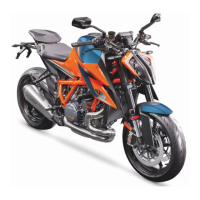3 WORK 10
Warning
Environmental hazard Hazardous substances cause environmental damage.
– Oil, grease, filters, fuel, cleaners, brake fluid, etc., should be disposed of as stipulated in applicable regulations.
Info
Even when there is no load on the battery, it discharges steadily.
The charging level and the method of charging are very important for the service life of the battery.
Rapid recharging with a high charging current shortens the service life of the battery.
If the charging current, charging voltage, and charging time are exceeded, the battery will be destroyed.
If the battery is depleted from starting the vehicle repeatedly, the battery must be charged immediately.
If the battery is left in a discharged state for an extended period, it will become over-discharged and sulfated, destroying the
battery.
The battery is maintenance-free, i.e., the acid level does not have to be checked.
Preparatory work
– Switch off all power consumers and switch off the engine.
– Remove the passenger seat. ( p. 7)
– Remove the front rider's seat. ( p. 7)
– Remove the battery. ( p. 8)
311910-10
Main work
– Connect the battery charger to the battery. Switch on the battery charger.
Battery charger XCharge-professional EU (00029095050)
Battery charger XCharge-professional US (00029095051)
Battery charger XCharge-professional GB (00029095052)
Battery charger XCharge-professional CH (00029095053)
Info
Follow the charger's instructions exactly.
– Switch off the battery charger after charging and disconnect from the battery.
Guideline
The charging current, charging voltage, and charging time must not be exceeded.
Charge the battery regularly when the
motorcycle is not in use
3 months
Finishing work
– Install the battery. ( p. 8)
– Mount the front rider's seat. ( p. 7)
– Mount the passenger seat. ( p. 7)
– Set the time and date.
3.8 Refueling
Danger
Fire hazard Fuel is highly flammable.
– Never refuel the vehicle near open flames or burning cigarettes, and always switch off the engine first. Be careful that no
fuel is spilt, especially on hot vehicle components. Clean up spilt fuel immediately.
– The fuel in the fuel tank expands when warm and may emerge if overfilled. Follow the instructions on refueling.
Warning
Danger of poisoning Fuel is poisonous and a health hazard.
– Fuel must not come into contact with the skin, eyes, or clothing. Do not breathe in the fuel vapors. If contact occurs with
the eyes, rinse with water immediately and contact a physician. Immediately clean contaminated areas on the skin with
soap and water. If fuel is swallowed, contact a physician immediately. Change clothing that is contaminated with fuel.
Note
Material damage Premature clogging of the fuel filter.
– In some countries and regions, the available fuel quality and cleanliness may not be sufficient. This will result in problems with
the fuel system.
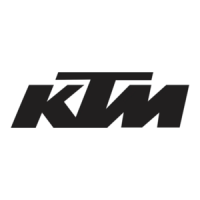
